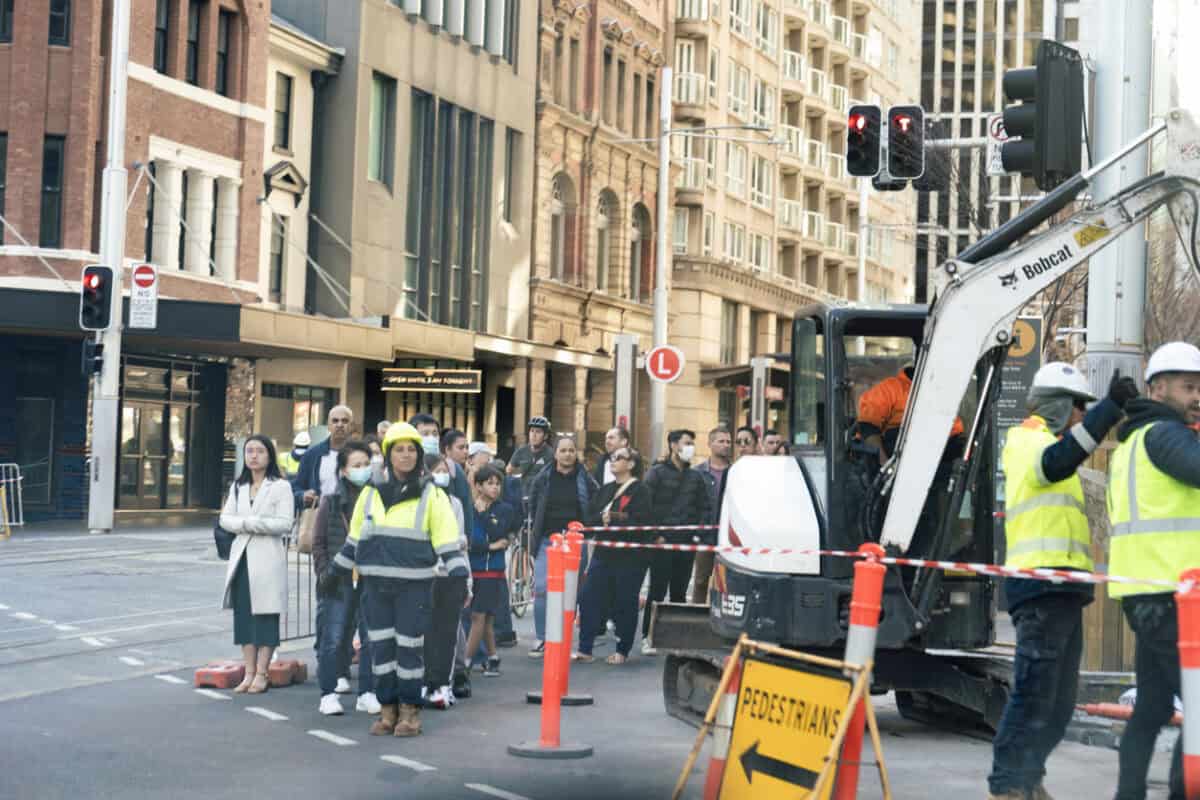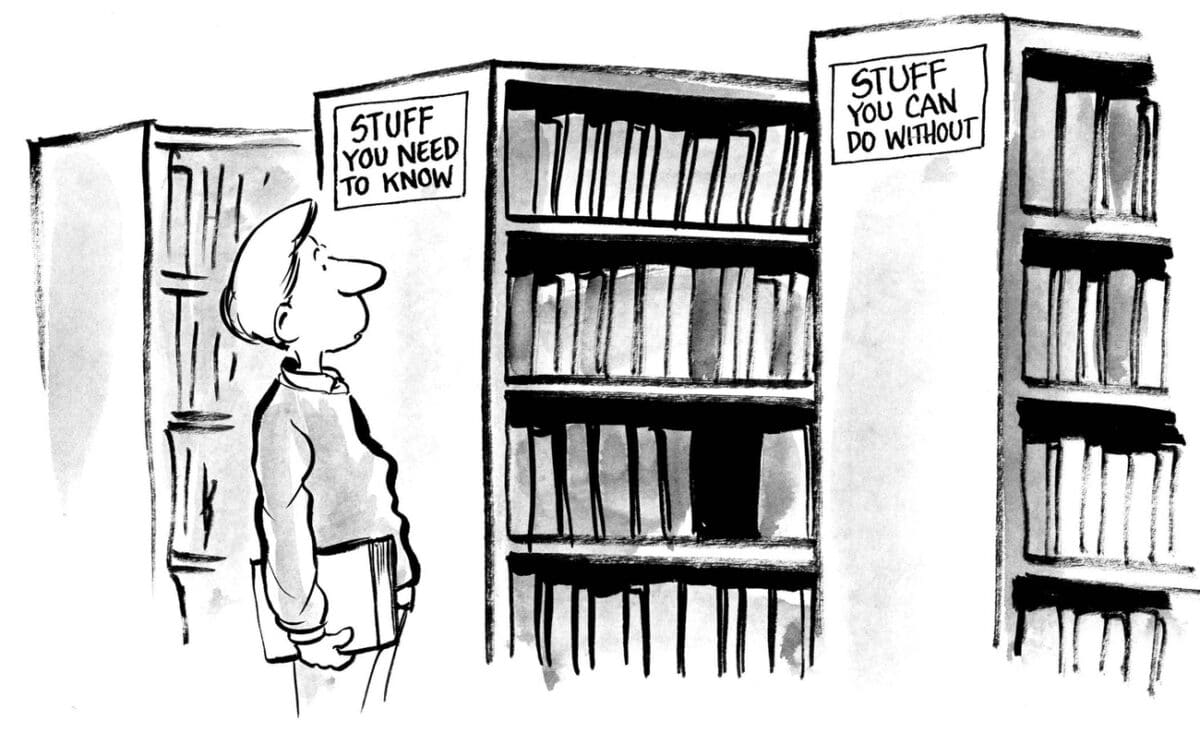Useful psychosocial case study
Employers and health and safety professionals are desperate for case studies of companies that have successfully applied the recent occupational health and safety (OHS) emphasis on managing and preventing psychosocial hazards at work. Safe Work Australia has released a case study on this in the retail industry. “Managing the risk of psychosocial hazards in retail” …







